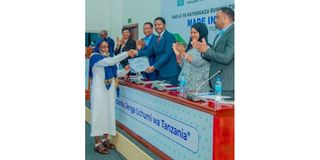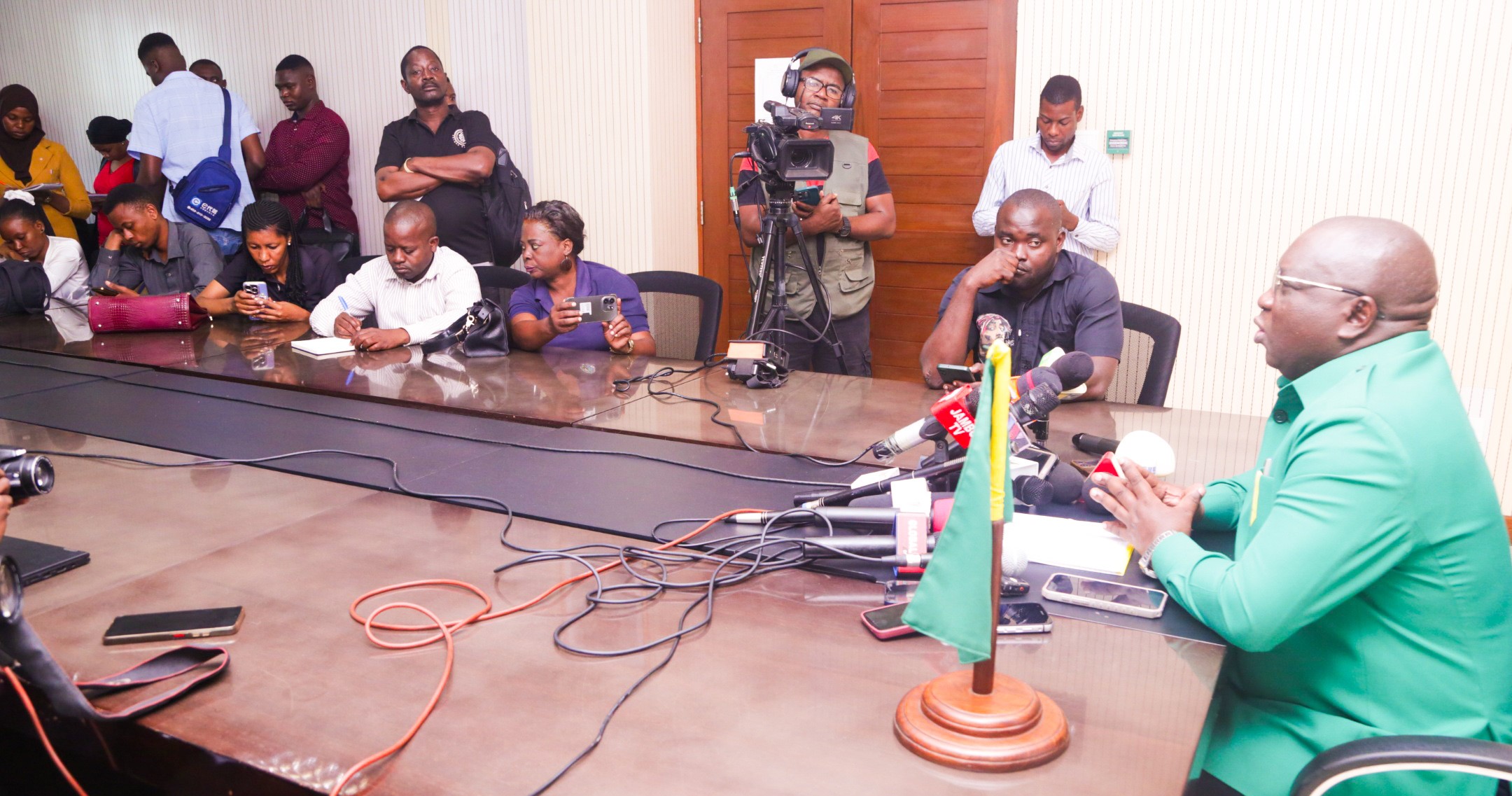Tanzania sets July deadline for unveiling of ‘Made in Tanzania’ logo

What you need to know:
- In November of last year, TanTrade launched a tender for logo creation, and out of 88 submissions, three designs were selected for meeting the required standards
Dar es Salaam. The minister for Industry and Trade, Dr Selemani Jafo, has given the Tanzania Trade Development Authority (TanTrade) a three-month deadline to finalise the acquisition of the official “Made in Tanzania” logo.
This initiative aims to strengthen the country’s global brand identity.
Dr Jafo made the announcement on February 12 in Dar es Salaam during the unveiling of the winning designs from the “Made in Tanzania” logo competition.
In November of last year, TanTrade launched a tender for logo creation, and out of 88 submissions, three designs were selected for meeting the required standards.
“I am giving you three months to assemble a team of experts and judges to refine and finalise the best logo. I want it ready before the Dar es Salaam International Trade Fair (DITF) exhibitions, and we will launch it on July 7 this year,” said Dr Jafo.
He emphasised that the logo will play a crucial role in promoting the country and increasing its international recognition.
“This logo is specifically designed for our country to be acknowledged in the international market,” he said.
He noted that Tanzania has opportunities to access markets such as the American market through the African Growth and Opportunity Act (Agoa) and the African Continental Free Trade Area (AfCFTA).
With the new logo, consumers will be able to recognise Tanzanian products.
“Achieving this will allow us to establish essential business data and demonstrate improved efficiency and professionalism in trade,” Dr Jafo said.
The three winning designs showcase Tanzanian talent, and a team of experts will now work to refine and select the final design.
TanTrade director general, Latifa Khamis, explained that the selection process involved reviewing 88 submissions, which were narrowed down to the top three.
She highlighted that the “Made in Tanzania” logo aims to enhance national identity, promote pride in local products and increase global recognition.
“It helps Tanzanian goods stand out internationally, boosts local production, assures consumers of quality, opens up more market access and supports economic growth through exports,” she said.
Chairman of Amir Hamza (T) Ltd and a coffee businessman, Amir Esmail, underscored the logo’s significance as a key tool for promoting Tanzanian craftsmanship and enhancing the country’s competitiveness in global markets.
“This logo will play a pivotal role in enhancing Tanzania’s global trade presence and ensuring that Tanzanian products are easily recognisable and competitive,” said Mr Esmail.
He noted that, while businesses have been registering company trademarks, there has not been an official national logo.
“We used to write in words, such as ‘we are producers of coffee and other products.’ Our neighbouring countries have logos,” he remarked.




